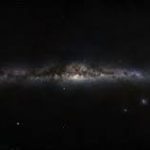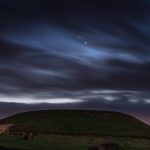Short-Period Hot Jupiter Discovered Circling HAT-P-680
- From Around the Web, Space
- December 30, 2020
Astronomers using data from the HATNet (Hungarian-made Automated Telescope Network) survey have discovered a transiting giant planet orbiting the K5-type dwarf star HAT-P-68.
















